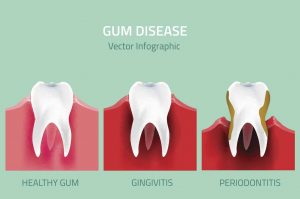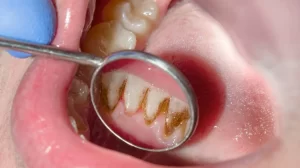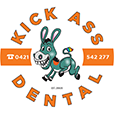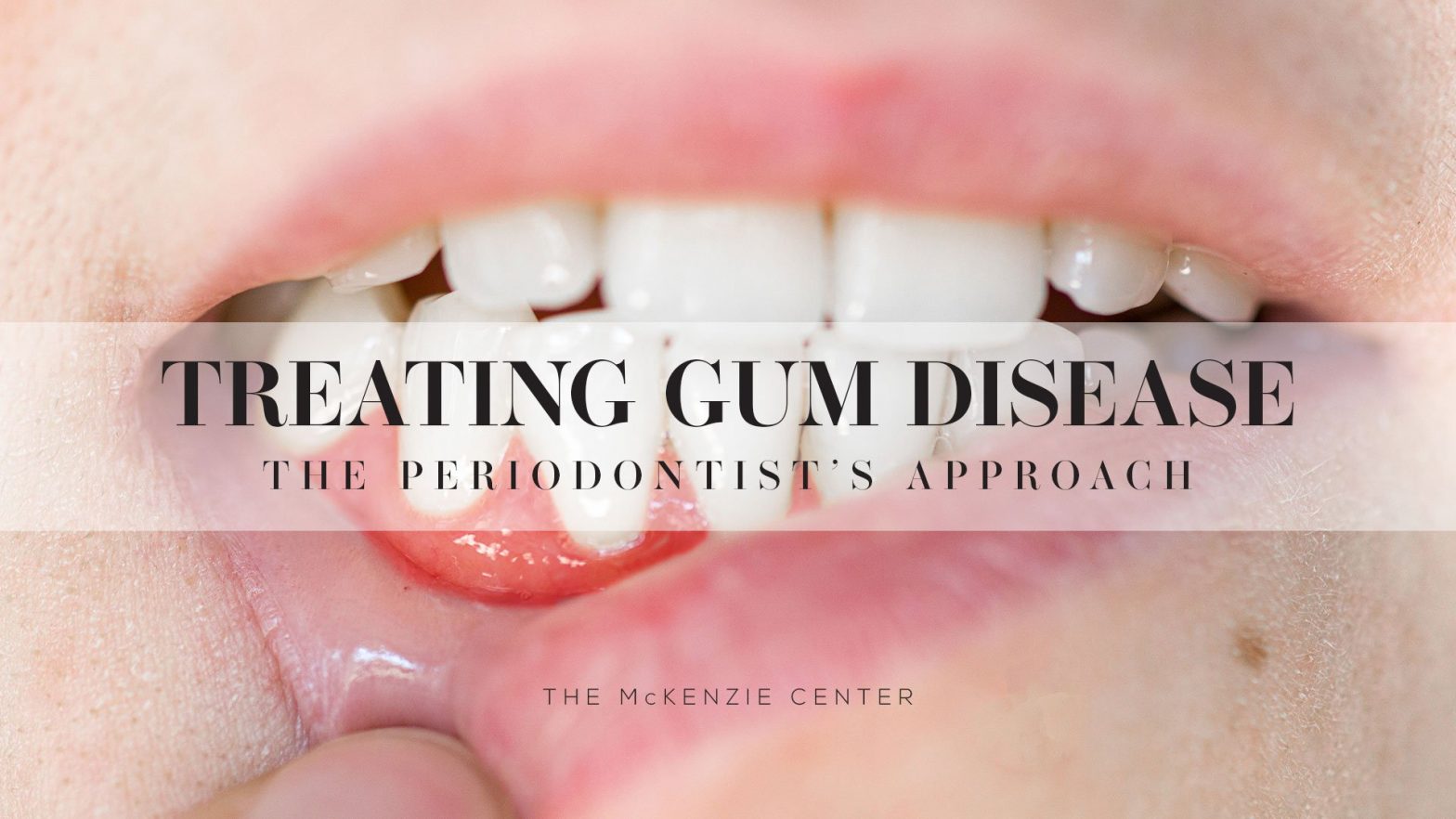How to Fix Gum Disease on Your Teeth: A Comprehensive Guide
Gum disease, also known as periodontal disease, is a common oral health condition that affects the gums and surrounding tissues. If left untreated, gum disease can lead to serious complications, including tooth loss. However, with proper care and treatment, it is possible to reverse the effects of gum disease and restore the health of your gums. In this article, we will provide you with a step-by-step guide on how to fix gum disease on your teeth. How do you fix gum disease on your teeth?
Understanding Gum Disease
Before we delve into the remedies and treatments for gum disease, let’s first understand what it is and how it develops. Gum disease occurs when the tissues surrounding the teeth become infected due to the buildup of plaque and tartar. Plaque is a sticky film that forms on the teeth, primarily composed of bacteria. When plaque is not removed through regular brushing and flossing, it hardens into tartar, which can only be removed by a dental professional.

When tartar accumulates along the gumline, it irritates the gums, causing inflammation. This early stage of gum disease is known as gingivitis. If left untreated, gingivitis can progress to periodontitis, a more severe form of gum disease that affects the supporting structures of the teeth, including the bone.
Preventing Gum Disease
The best way to deal with gum disease is to prevent it from occurring in the first place. Here are some essential tips for preventing gum disease:
Maintain a Consistent Oral Hygiene Routine
Brush your teeth at least twice a day using a soft-bristled toothbrush and fluoride toothpaste. Remember to clean your tongue as well. Additionally, floss daily to remove plaque and food particles from between your teeth and along the gumline.
Adopt a Healthy Lifestyle
Eating a balanced diet rich in fruits and vegetables and low in sugary and acidic foods can promote good oral health. Avoid tobacco products as they can significantly increase the risk of gum disease and other oral health issues.
Visit Your Dentist Regularly
Regular dental check-ups and professional cleanings are crucial for maintaining healthy gums. Your dentist can identify early signs of gum disease and provide appropriate treatment before it worsens.
Treating Gum Disease
If you already have gum disease, don’t worry. There are several steps you can take to fix it and restore your gum health. Here’s what you can do:

Step 1: Improve Your Oral Hygiene
Proper oral hygiene is essential for managing gum disease. Brush your teeth thoroughly, focusing on the gumline, using a soft-bristled toothbrush. Consider using an antimicrobial mouthwash to reduce the amount of bacteria in your mouth. Don’t forget to floss daily to remove plaque and debris from between your teeth. How do you fix gum disease on your teeth?
Step 2: Quit Smoking
If you smoke, quitting is crucial for effectively treating gum disease. Smoking weakens the immune system and impairs blood flow to the gums, making it harder for your body to fight off infections and heal damaged tissues. For kick ass dental gum treatment see here.
Step 3: Professional Dental Cleaning
Visit your dentist for a professional cleaning to remove tartar and plaque buildup. This procedure, known as scaling and root planing, involves deep cleaning of the teeth and roots to eliminate bacteria and smoothen the tooth surfaces, promoting gum reattachment and preventing further progression of gum disease.
Step 4: Antibacterial Treatments
In some cases, your dentist may recommend antibacterial treatments to help eliminate bacteria and control gum disease. These treatments can include topical antibiotics, antimicrobial mouth rinses, or antibiotic gels applied directly to the affected areas.
Step 5: Surgery or Advanced Treatments
If gum disease has advanced to a severe stage, your dentist may recommend surgical interventions or advanced treatments. These can include flap surgery, bone grafts, tissue regeneration procedures, or laser therapy. These treatments aim to reduce pocket depths, remove infected tissues, and promote the regeneration of healthy gums and bone.





